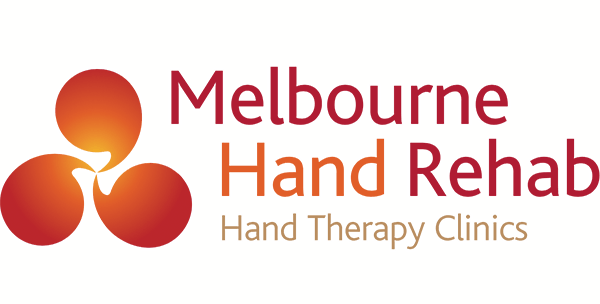
28 Jul Feeling sore at your desk? Here are 3 helpful stretches
Simple finger, forearm and shoulder stretches for work-related muscle pain
It’s been a long week at work. You’ve spent the last five days sitting at your desk and typing your latest report. As you finish and hit the ‘save’ button, you notice that your fingers feel sore, your wrists feel stiff and your shoulders and neck feel exhausted. You haven’t completed any high-intensity exercise but why do your muscles feel fatigued and painful?
Work-related muscle pain is becoming more and more common for people working in office jobs. You may begin to feel more clumsy at work or too fatigued to go home and enjoy your free time. People often tell us that they are experiencing stiffness, tingling sensations, weakness, and pain, even though they can’t remember a specific activity that causes their symptoms.

Constant and repetitive typing and mouse work can leave muscles exhausted. In addition to ergonomic changes at your desk, regular breaks and stretching can help finger, wrist, elbow, and shoulder muscles to relax and keep symptoms at bay during the work day.
1. Finger stretches
While sitting at your desk, bend the fingers into a hook position while keeping your knuckles straight. Then come into a tabletop position by bending at the knuckles and keeping your fingers joints straight. The last exercise is to make a full fist before fully straightening all fingers and knuckles. Regular stretching and movement of the fingers in this pattern can help prevent stiffness when completed throughout the work day.
2. Forearm stretches
Keep your forearm straight out in front of you with your palm facing the floor. Gently bend the wrist so your palm is facing towards you. Lay the other hand on the back of the hand and pull towards yourself to experience a gentle stretch across the top of the forearm. You can also flip your forearm over and place the other hand on your palm, pulling towards yourself for a stretch on the other side.
3. Shoulder stretches
Stand up and keep your shoulders against the wall. Raise your elbows in line with the wall and begin to draw ‘W’ and ‘Y’ with your arms in an alternating pattern. This exercise will help to maintain the flexibility of your shoulders and give you a reminder to keep your posture open instead of hunched over.
We recommend completing these exercises every 30 minutes at your desk to break up long periods of computer work. A gentle massage through the forearms can also be helpful to keep symptoms manageable.
Watch the video below to see how the stretches are done.
By Winnie Ye
If your pain continues to persist, don’t hesitate to get in touch. We’d love to help you.
BOOK AN APPOINTMENT
For more information, call us directly on 03 9458 5166
You might also be interested in:
- Ergonomic products for home or work
- Tips for avoiding smartphone hand pain
- Working from home? Check out Ergonomics 101
- Why do my wrists hurt when I type?


